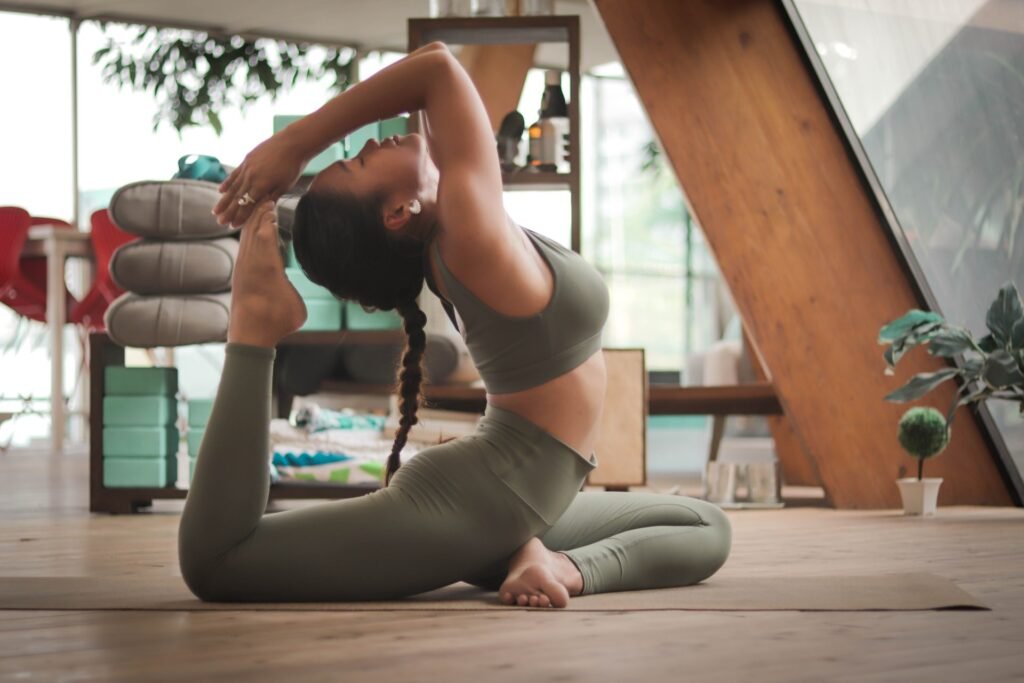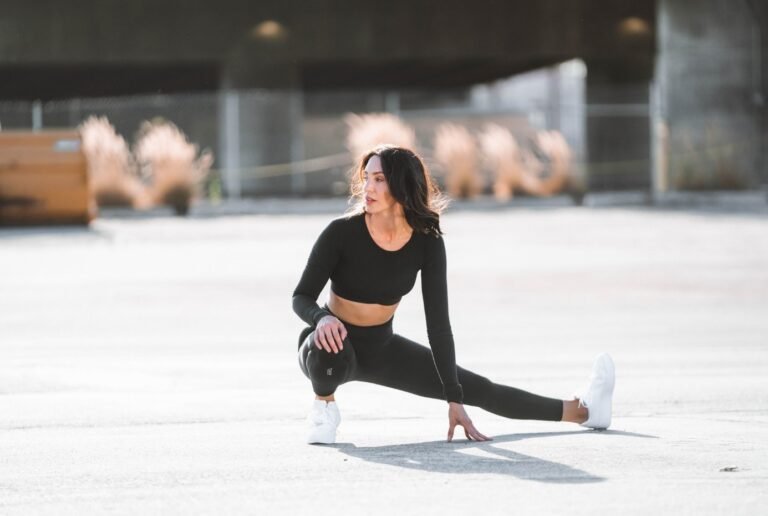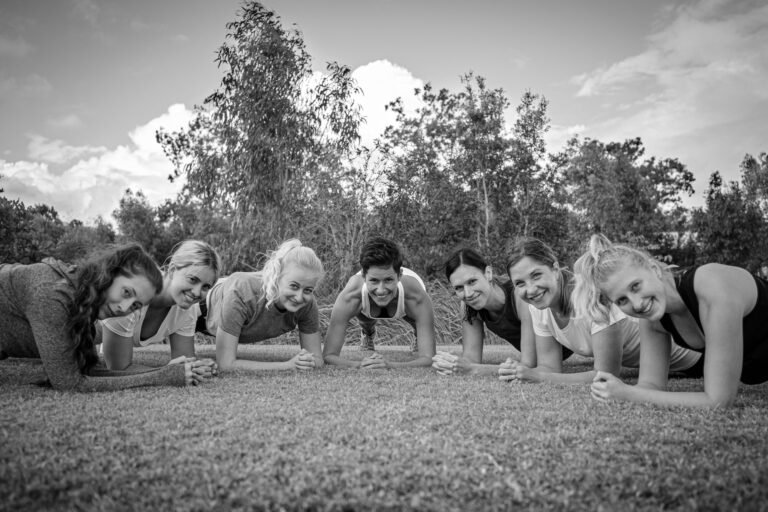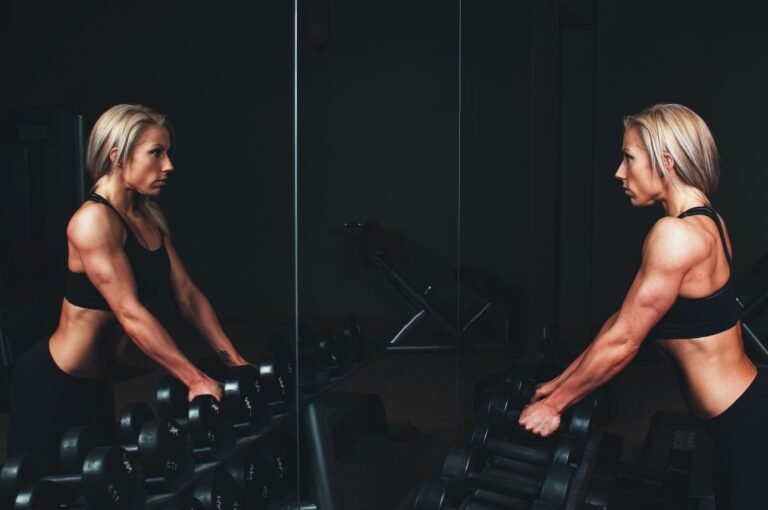Is yoga alone a sufficient form of exercise?
When you picture a yoga class, you probably picture rows of mats on which people recline in child pose or savasana. However, depending on the style, flows go well beyond sleep-inducing positions and can get your heart pumping. But can a dedicated yoga practice really meet all your needs for promoting health and longevity? We spoke to fitness professionals to find out.
What is yoga?
“Yoga is certainly considered one among my favored practices virtually due to the fact it is handy to almosteveryone,” says Tamara Teragawa, YogaSix Instructor in Los Angeles and XPRO for Xponential+. “Because there are so many different styles of yoga, everyone can find one that works for their body and achieves specific goals. You can see yoga classes listed under one of these main categories:
- Vinyasa, athletic flow
- Hatha, generally slower and ideal for beginners
- Iyengar, in which the poses are held for a long time
- Kundalini, equal spiritual and mental parts with invigorating poses suitable for breathing and/or mantras
- Ashtanga, which begins with a series of sun salutations and progresses to a series of difficult standing and floor movements
- Bikram, a sequence of 26 poses performed in a sauna-like space
- Yin, a slower sitting style that uses gravity to stretch
- Restorative designed to help you relax in long, slow, relaxing poses
- Anusara, similar to Hatha, aims to open the heart
“It’s great to fit yoga into your schedule, whether you’re new to the sport, recovering from or preventing an injury or other health condition, or training in other types of ‘exercise,'” adds Teragawa, like Nordic walking, Biking, running, weight training and even gardening.


Why yoga is such a good form of exercise ?
Before we get to the physical benefits, let’s not forget the psychological benefits of yoga.Dozens of studies have shown that yoga improves cognitive abilities, reduces stress, can relieve symptoms of anxiety and depression, and increases the likelihood of getting a good night’s sleep. (Discover even more proven ways yoga can stretch and improve your waistline.) Now for the benefits for your body: Studies show that regular yoga reduces chronic inflammation, which may lower the risk of many of America’s top killers (including heart disease and cognitive decline). Depending on the style, it can also strengthen your muscles. A 2012 study in the Journal of Sports Science & Medicine found that women who practiced Ashtanga yoga for an hour twice a week were able to lift less body weight than their non-yogi peers after eight months. Previous research in the Journal of Bodywork and Movement Therapies found that core and upper body strength and endurance can improve after six weeks of classes.
Because it is low-depth and nearly infinitely adaptable for human beings of all health and versatility levels, Teragawasays, “Yoga can simultaneously increase both muscle strength and range of motion and help reduce stress. And because it’s less intense and gentler on the body than, say, intense running or weight training,” it allows people to practice yoga regularly and more frequently. Personally, I enjoy some form of yoga almost every day. Not everyone can or even enjoy! How how much yoga you should practice really depends on the person and their personal goals.The more consistent you are, the more progress and benefits you will see.
-
Can yoga alone meet my exercise needs?
With this in mind, if we increase our sets almost every day, is that actually helping us meet the training recommendations for health and longevity?
As a reminder, the Physical Activity Guidelines for Americans recommend adults meet:
- At least a hundred and fifty to three hundred mins of moderate-depth cardio workout or equivalent75 to 150 minutes of vigorous aerobic physical activity or
- A combination plate consisting of the two options above
“Aerobic activity should be spaced out throughout the week, and you can reap additional health benefits by becoming more involved,” says Jacque Crockford, an ACE-certified yoga teacher, personal trainer, and health coach in San Diego. (Psst… only 20% of Americans currently reach that level, so hitting that goal is a phenomenal achievement and a great place to start, especially if you’re new to the sport.Adults should also do moderate-to-intensity muscle-strengthening exercise that targets all major muscle groups two Or greater days a week, as those sports offer extra fitness benefits,” says Crockford.
If you are new to your yoga practice, Teragawa suggests several shorter sessions several times a week within one long session once or twice a week:
“This will help you develop greater consistency and get used to recognizing how You are what you are body needs every day. If you make the time to practice yoga at least three to five times a week, even for just 30 minutes, most people will begin to reap the health benefits of the practice.
Go back to this list of yoga styles and compare the recommendations to the benefits of specific yoga styles and you’ll find that if you choose wisely, you can check all the boxes against your exercise health needs.
“Even though yoga is the only form of physical activity a person engages in, a daily hatha or vinyasa practice for at least 30 minutes probably meets the minimum recommendations,” says Crockford.
However, if your goals extend beyond basic fitness, you may need to add other forms of exercise. (ICYMI microtraining three times a day can increase fat metabolism by 43%!)
Yoga may be considered a “good enough” workout, but with the exception of sculpture-style classes, yoga in general isn’t about stretching muscles, developing fast-twitch muscles, or adding energy. progressive when it comes to strength training,” says Teragawa.I’m also a strong believer in adding variety to your exercise routine to avoid plateaus and reduce the risk of injury. So these are also things to consider when deciding whether to use yoga as your only form of exercise.
If your goal is to lose weight, you should accelerate it too, adds Crockford. (Remember that physical activity itself, not weight loss, should be the primary motivation for any exercise program.)
“If the goal is to lose weight through vigorous physical activity alone, and they’re doing yin yoga, which is very relaxing and rejuvenating, it may not be effective for that client,” she says because they need to burn more calories or adjust their diet to see a size change. “But if the client wants to improve flexibility, and awareness, reduce stress, and increase strength and endurance, the regular practice of Vinyasa Yoga can be extremely effective. There are
many factors at play, but the short answer is yes, yoga is a great tool for anyone who can use it as part of a balanced exercise program.


-
4 ways to get the most out of your yoga practice
Whatever your goals, these tips from Teragawa and Crockford will make it easier and much more enjoyable to be calm and fluid.
-
Make it a habit.
“Regular yoga can help you build better mobility and strength faster and more efficiently simply by creating a solid yoga program. In addition to the physical benefits, consistency will help you unveil even more mental, emotional, and fitness benefits. overall well-being,” says Teragawa.Five or more half-hour sessions per week should be the ultimate goal if yoga is your main form of practice.
-
Asking for help.
“A lot of people think yoga props are for those who can’t,” which makes people feel like they’re not good enough and allows the ego to convince us not to use them. However, that is a not unusual place misconception! Yoga props can often make yoga poses not only more accessible but sometimes even more difficult. Respect where their bodies are each day” says Teragawa. Use things like blocks and straps to safely advance your yoga practice and ultimately help you immerse yourself in poses.
-
Try something new.
It could be a change of location, time of day, or instructor advises Crockford. “Diversity helps to avoid stagnation and keep everything fresh. It can also add a different perspective as each teacher has their own style and way of teaching poses and transitions,” says Teragawa. If you don’t belong in a gym, you can join a virtual class at a local or global gym, download an app like Down Dog, try this at-home yoga sequence to improve your strength and flexibility, or a free yoga session -Stream the course on YouTube with Adriano.
-
Listen to your body.
“Yoga one day may not be the same the next. Give yourself a little grace by letting your body guide how and what poses challenge to you. Create an awareness that it matters both on and off the mat,” says Crockford. Instead of just copying everything your trainer tells you, notice how you’re feeling in your body and think about what you want to customize to really honor where you are. You and your body are right now, Teragawa continues.
If you’re wondering if yoga is good enough, the answer is “Yes, if…”. Remember, you should find an exercise that you enjoy for at least 30 minutes five days a week, that you can do regularly, and that gets your heart and muscles working. Do all of this and your body and brain will thank you.







